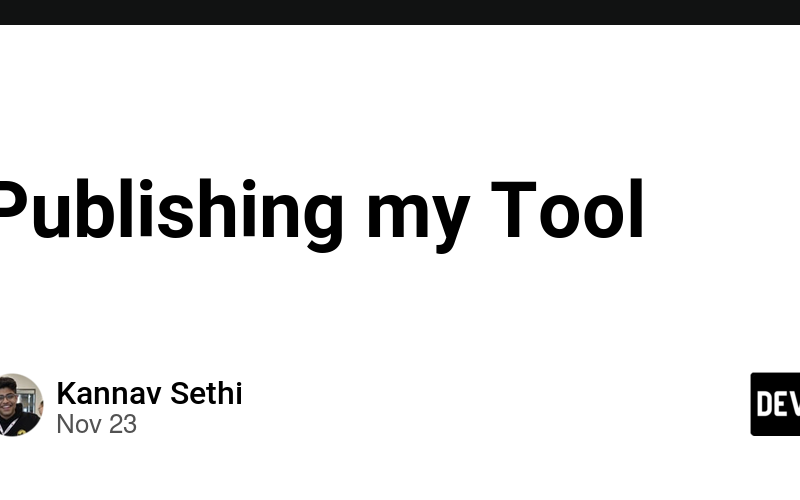23
Nov
[Submitted on 21 Mar 2024 (v1), last revised 21 Nov 2024 (this version, v2)] View a PDF of the paper titled Exosense: A Vision-Based Scene Understanding System For Exoskeletons, by Jianeng Wang and 7 other authors View PDF HTML (experimental) Abstract:Self-balancing exoskeletons are a key enabling technology for individuals with mobility impairments. While the current challenges focus on human-compliant hardware and control, unlocking their use for daily activities requires a scene perception system. In this work, we present Exosense, a vision-centric scene understanding system for self-balancing exoskeletons. We introduce a multi-sensor visual-inertial mapping device as well as a navigation stack…



